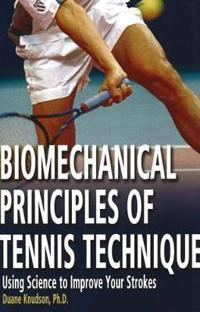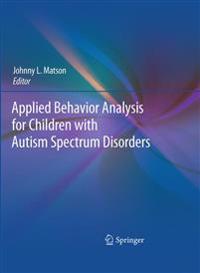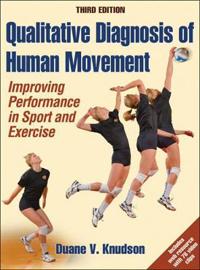Biomechanical Principles of Tennis Technique (Häftad)
avDuane V. Knudson
ISBN: 9780972275941 - UTGIVEN: 2006-04The science of tennis technique is explained in this guide that practically applies the lessons learned from studying the forces and motions of tennis strokes. Through the implementation of six basic biomechanical principles players can make subtle adjustments to their strokes, creating stroke varia[...]
Fundamentals of Biomechanics (Häftad)
avDuane V. Knudson
ISBN: 9781441964977 - UTGIVEN: 201204Blending up-to-date biomechanical knowledge with professional application knowledge, this second edition presents a clear, conceptual approach to understanding biomechanics within the context of the qualitative analysis of human movement. It develops nine principles of biomechanics, which provide an[...]
Applied Behavior Analysis for Children with Autism Spectrum Disorders (Häftad)
avDuane V. Knudson
ISBN: 9781441981325 - UTGIVEN: 201012Autism was once thought of as a rare condition, until the Centers for Disease Control and Prevention's Autism and Developmental Disabilities Monitoring Network released the statistic that about 1 in every 150 eight-year-old children in various areas across the United States is afflicted by an autism[...]
Qualitative Diagnosis of Human Movement (Häftad)
avDuane V. Knudson
ISBN: 9781450421034 - UTGIVEN: 201303For sport science professionals, qualitative movement diagnosis (QMD) is a critical skill in helping individuals improve performance or reduce injury risk. This new edition focuses on the processes behind movement observation, assessment and diagnosis, emphasising how to recognise and correct errors[...]






